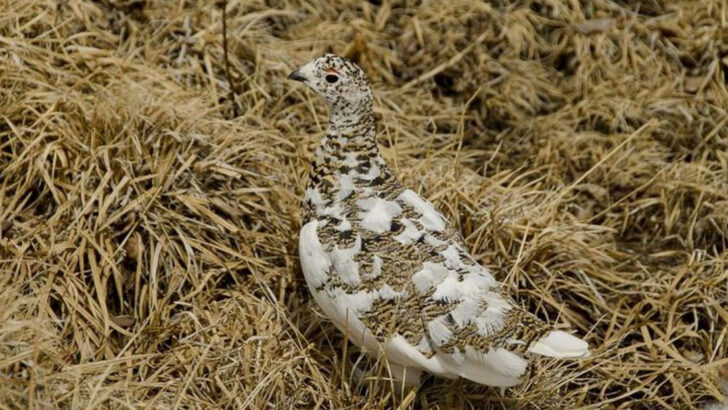Colorado’s wilderness bursts with untamed magic.
Deep among rugged peaks and sprawling canyons, creatures roam freely, painting the wild with vivid life. Mountain lions prowl silently while majestic elk roam open meadows. Each animal carves its own legend in this breathtaking setting.
Imagine trekking through forests alive with the rustle of bighorn sheep on rocky ledges or the swift dash of pronghorn across sunlit fields. Every step reveals another marvel, every whisper hints at a hidden wonder waiting to be discovered.
This is no ordinary backdrop—Colorado’s wild is a living, breathing adventure. It captivates with surprises at every turn and leaves you with memories as endless as the sky.
Explore these 20 incredible animals that transform Colorado’s wilderness into an experience you truly must feel to believe.
Rocky Mountain Elk
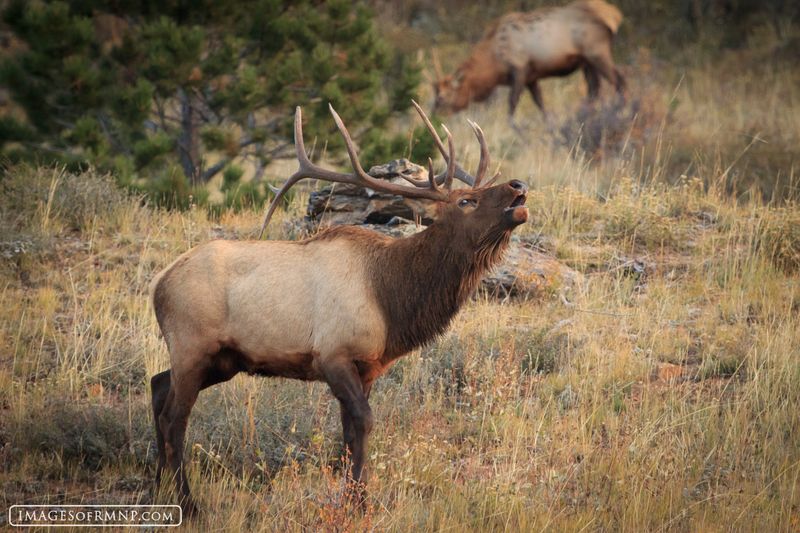
The Rocky Mountain Elk is a magnificent symbol of Colorado’s wild landscapes. These large mammals are known for their impressive antlers and can often be seen grazing in the state’s alpine meadows. During the fall, their haunting bugle calls echo through the mountains.
This species is particularly adapted to the varied terrain, from lush valleys to rugged peaks. Observing elk in their natural environment offers a glimpse into their complex social structures and mating rituals. It’s a treat for wildlife enthusiasts visiting Colorado’s backcountry. Their presence is a testament to the state’s commitment to preserving its natural heritage.
Canada Lynx
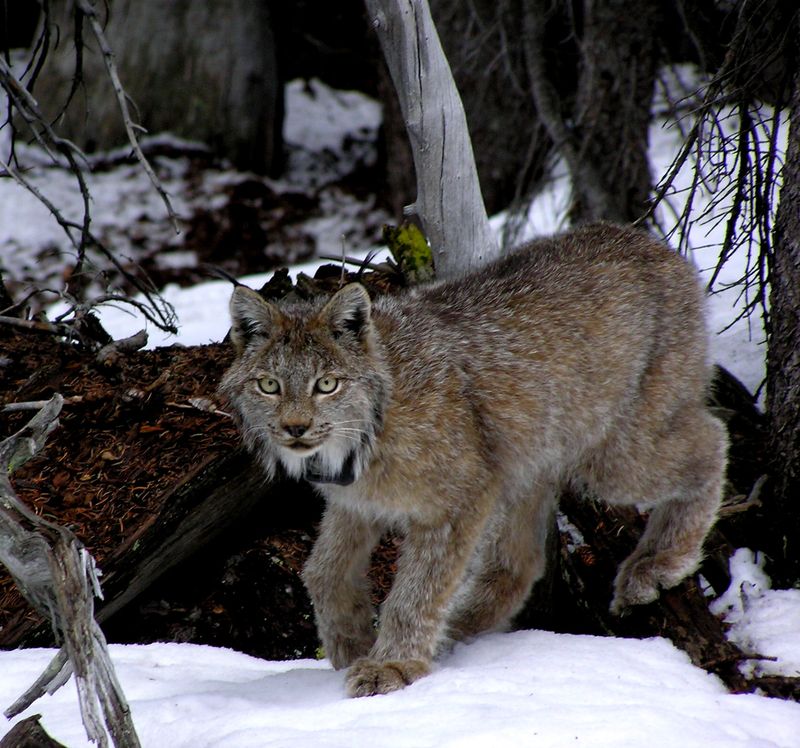
The elusive Canada Lynx is a master of stealth, making sightings a rare and exciting event in Colorado. With tufted ears and large paws, this feline is perfectly adapted for the snowy forests it calls home.
The lynx’s thick fur provides insulation during harsh winters, while its keen senses make it an adept hunter. Tracking its movements through the wilderness requires patience and sharp eyes. Though elusive, the presence of the Canada Lynx is vital for maintaining the ecological balance in the region. Their return after near extinction is a conservation success story.
Bighorn Sheep
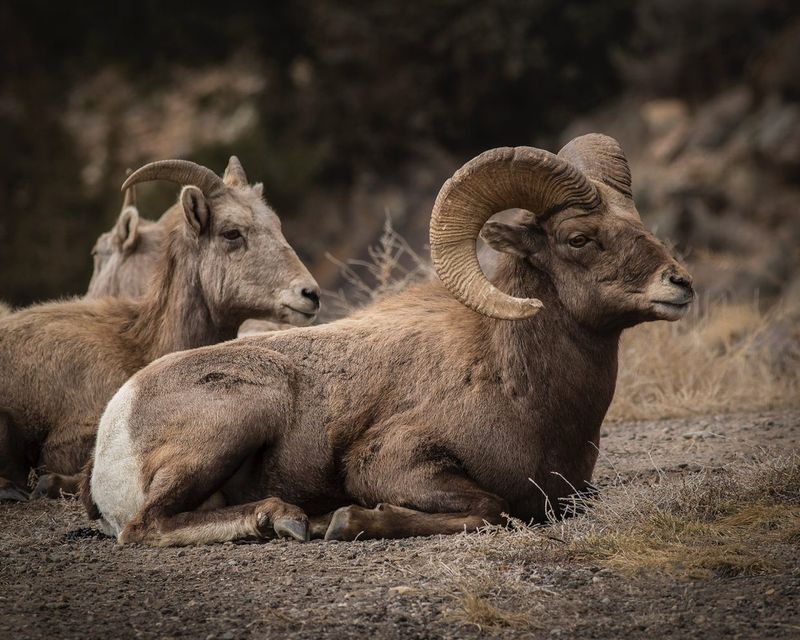
Bighorn Sheep are among the most iconic animals found in Colorado’s rugged landscapes. Known for their large, curved horns, these sheep are adept climbers, capable of navigating steep and rocky terrain with ease.
Spotting a Bighorn Sheep perched on a precipice is a breathtaking experience. Their social behavior and migratory patterns are fascinating to observe, especially during the rutting season. These animals play a crucial role in the ecosystem, and efforts to protect their habitats are ongoing. Their presence enriches Colorado’s wilderness, showcasing the state’s diverse wildlife.
Mountain Lion
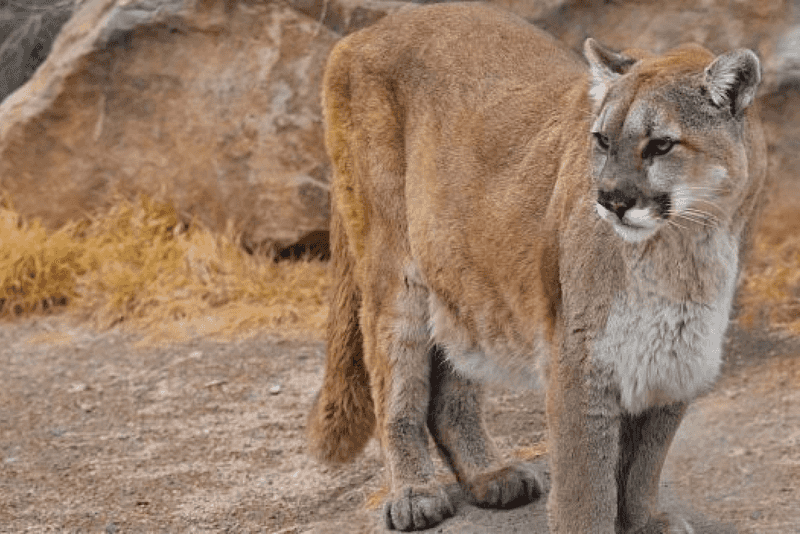
The Mountain Lion, also known as the cougar, is a powerful predator that roams Colorado’s wilderness. Its sleek body and sharp hunting skills make it a formidable presence in the region’s ecosystems.
These solitary cats are primarily active at dawn and dusk, requiring keen observation to spot. Mountain Lions help control the population of other species, maintaining ecological balance. Despite their elusive nature, their tracks and signs are often encountered by experienced hikers. Colorado’s commitment to sustainable wildlife management ensures that these apex predators continue to thrive in their natural habitats.
American Pika
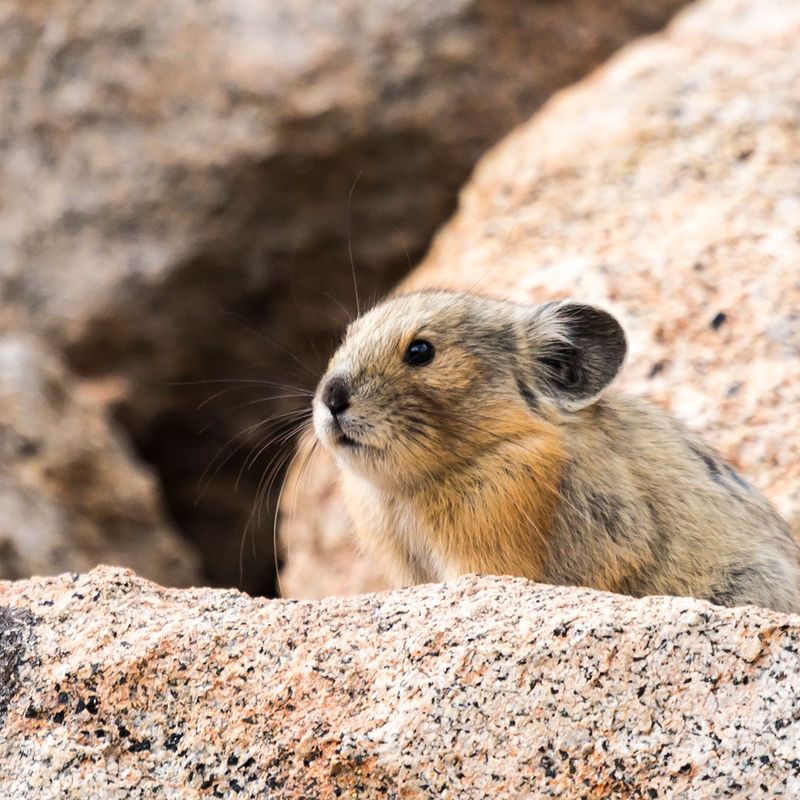
The American Pika is a small, furry mammal found in the alpine regions of Colorado. Known for their distinctive calls, these creatures are often seen collecting vegetation for winter storage.
Pikas are adapted to cold climates, living among rocky talus fields where they find shelter. Their activities contribute to the ecosystem by aiding in plant dispersal. Observing a pika scurrying across the rocks is a delight, especially for those interested in alpine ecology. Climate change poses a threat to their habitat, highlighting the importance of conservation efforts to protect these resilient animals.
Great Horned Owl
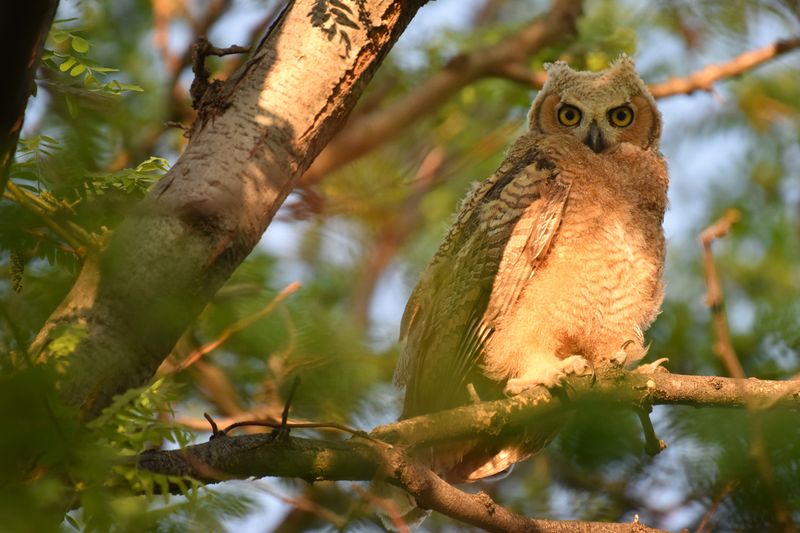
The Great Horned Owl is a formidable nocturnal hunter, prevalent in Colorado’s diverse habitats. With its piercing eyes and distinct tufts of feathers, this owl is a master of camouflage.
Known for its deep hooting calls, the owl plays a crucial role in controlling rodent populations. Its keen senses and silent flight make it an effective predator. Spotting one requires patience, as they blend seamlessly into their surroundings. The Great Horned Owl’s adaptability to various environments is a testament to its resilience, making it a fascinating subject for bird watchers and wildlife enthusiasts alike.
Prairie Dog
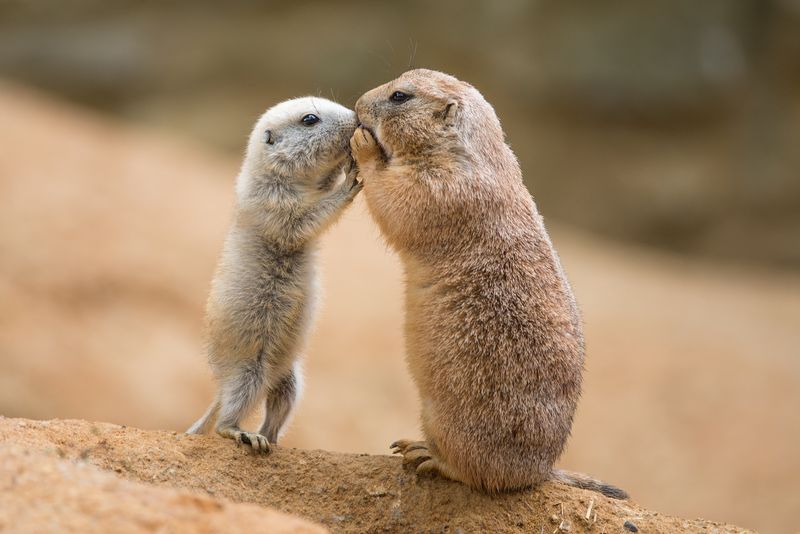
Prairie Dogs are social rodents that play a significant role in Colorado’s grassland ecosystems. These creatures live in large colonies, known for their complex burrow systems and vocal communication.
Their presence supports biodiversity, providing habitat and food for other species like burrowing owls. Observing their interactions and playful behavior is a highlight for visitors to grassland areas. Prairie Dogs are considered a keystone species, and conservation efforts focus on protecting their habitats. Their energetic presence and ecological importance make them a cherished part of Colorado’s wildlife community.
Mule Deer
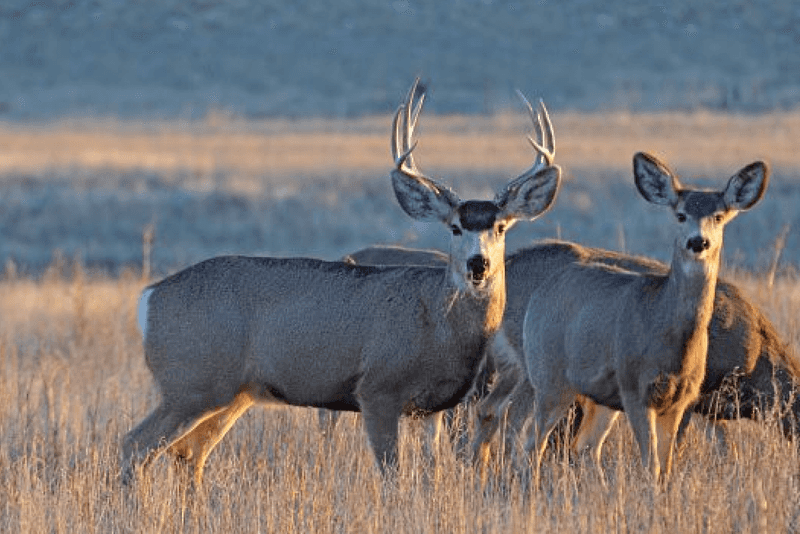
Mule Deer are a common sight in Colorado’s forests and open spaces, recognized by their large ears and graceful movements. These deer are herbivores, playing a vital role in maintaining the health of plant communities.
During migration, they traverse vast landscapes, showcasing their adaptability to different environments. Observing a Mule Deer, with its gentle gaze, is a serene experience. Their interactions with other wildlife and the environment make them an integral part of the ecosystem. Colorado’s management practices aim to ensure healthy populations for future generations to enjoy.
Black Bear
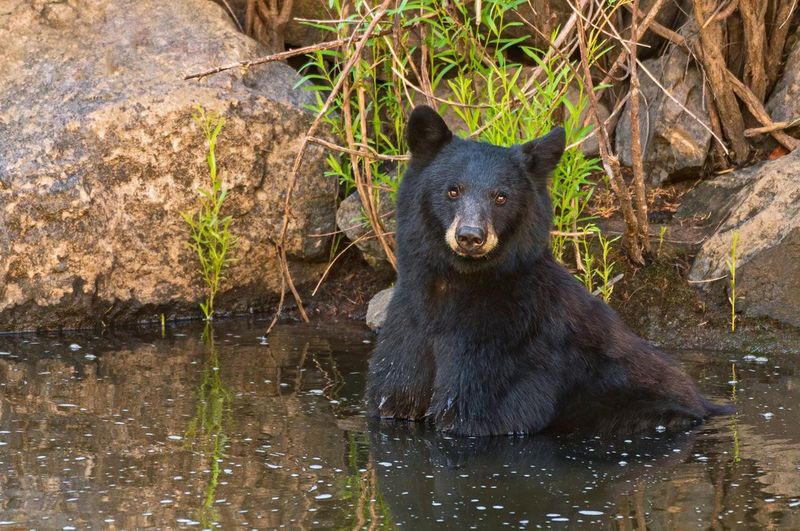
The Black Bear is a symbol of the wild in Colorado, often sighted in forests and mountainous regions. With their strong build and keen sense of smell, these bears are skilled foragers.
Black Bears play a crucial role in seed dispersal and maintaining the ecological balance. Encountering a bear in the wild requires caution and respect, as they are powerful creatures. Colorado’s wildlife management strategies focus on minimizing human-bear conflicts while ensuring healthy bear populations. Observing these bears in their natural habitat is a thrilling experience, offering insights into their complex behaviors.
Red Fox
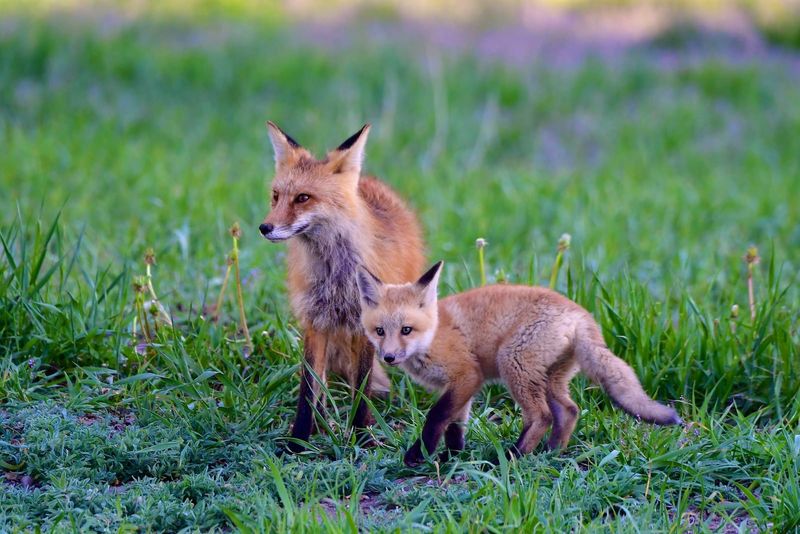
The Red Fox is a cunning and adaptable predator found throughout Colorado. Its vibrant red fur and bushy tail make it a striking presence in the wild.
These foxes thrive in diverse habitats, from urban areas to remote wilderness. Their diet consists of small mammals, birds, and invertebrates, highlighting their role as versatile hunters. Observing a Red Fox in its natural setting reveals its agility and intelligence. Colorado’s efforts to preserve natural landscapes ensure that these charismatic animals continue to thrive alongside human development, adding to the state’s rich tapestry of wildlife.
American Bison
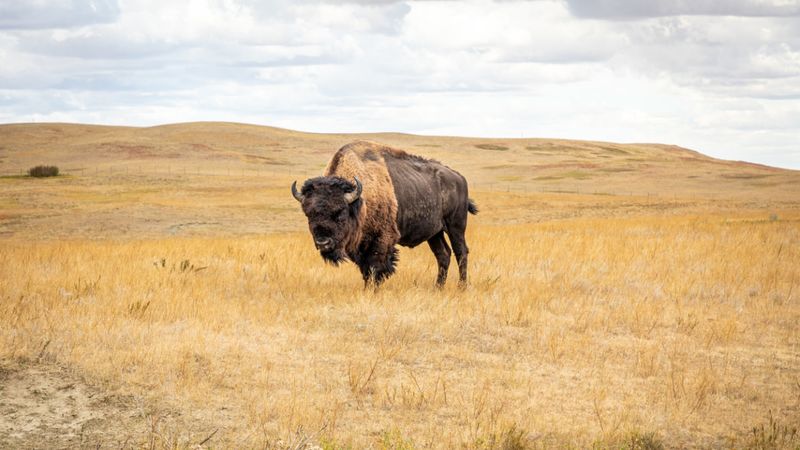
The American Bison is an iconic symbol of the American West, and Colorado’s plains are a key habitat for these majestic creatures. Known for their massive size and shaggy coats, bison are essential for grassland ecology.
Their grazing patterns promote plant diversity and soil health, supporting a wide range of species. Observing a herd of bison on the move is a powerful sight, reflecting a connection to the land’s history. Conservation initiatives have helped bison populations recover, ensuring their continued presence in Colorado’s landscapes. Their resilience makes them a testament to successful wildlife management.
Moose

Moose are among the largest mammals in Colorado, often found in wetlands and forested areas. Their long legs and distinctive antlers make them a remarkable sight.
These herbivores feed on aquatic plants and shrubs, playing a key role in their habitats. Observing a moose in the wild offers a glimpse into their solitary yet majestic lifestyle. Moose are generally peaceful but should be respected for their size and strength. Colorado’s commitment to habitat protection ensures that moose populations remain stable, allowing for continued opportunities to witness these giants of the wilderness.
Bald Eagle

The Bald Eagle, a symbol of American freedom, finds a home in Colorado’s diverse environments. With their powerful wings and keen eyesight, these birds are masterful hunters.
Their presence near water bodies is a testament to their reliance on fish and other aquatic prey. Observing a Bald Eagle diving for food is a thrilling experience. Conservation efforts have led to a remarkable recovery of their populations, and they now thrive in protected areas throughout the state. Their majestic flight and striking appearance make them a favorite among bird watchers and nature enthusiasts.
Western Tanager
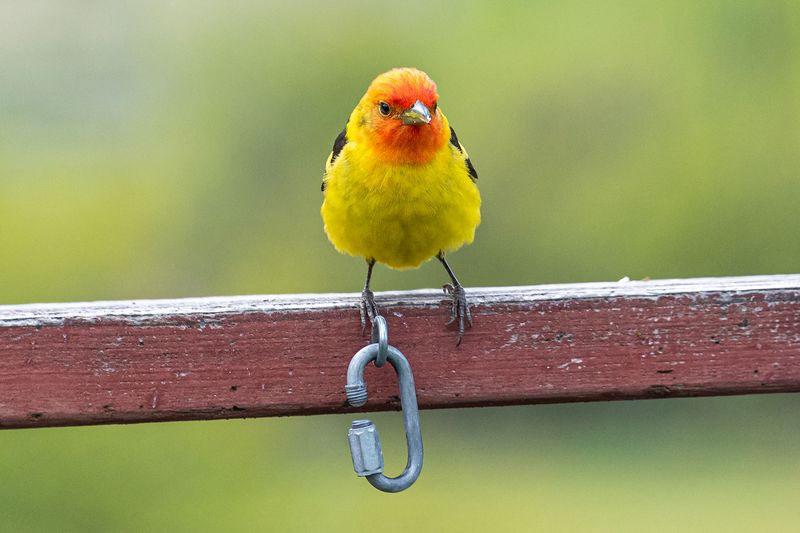
The Western Tanager is a colorful songbird that brightens Colorado’s forests with its vivid plumage. Males are easily recognized by their bright yellow bodies and contrasting black wings.
These migratory birds can be seen flitting among the treetops, feeding on insects and fruit. Their cheerful songs and striking appearance make them a delight for bird watchers. The presence of Western Tanagers indicates healthy forest ecosystems, and their annual return marks the changing seasons. Colorado’s diverse habitats provide a sanctuary for these birds, ensuring their continued presence in the area.
Yellow-bellied Marmot
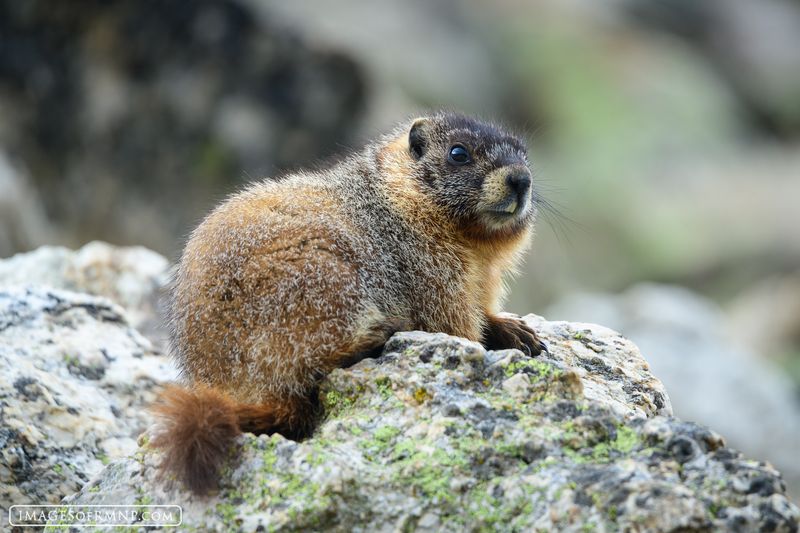
The Yellow-bellied Marmot, often called the “whistle pig,” is a common sight in Colorado’s alpine regions. Known for their loud warning whistles, these marmots are often seen sunning themselves on rocks.
Living in colonies, they are highly social and play a role in the ecosystem by aerating the soil. Observing their playful interactions is a joy for hikers exploring high-altitude areas. The marmot’s hibernation patterns are a fascinating adaptation to the harsh alpine climate. Their presence adds to the charm of Colorado’s wilderness, offering an engaging glimpse into alpine life.
White-tailed Ptarmigan
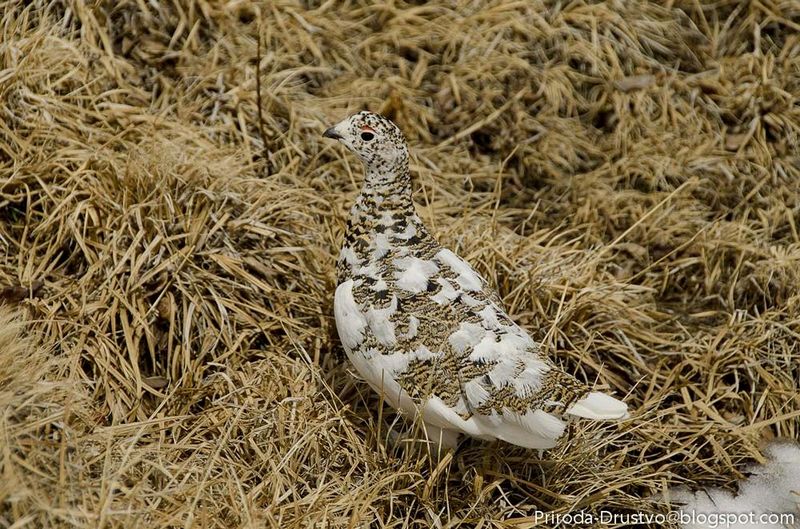
The White-tailed Ptarmigan is a true alpine specialist, thriving in Colorado’s high mountain environments. Their seasonal plumage changes from brown to white, providing perfect camouflage against predators.
These birds feed on alpine vegetation, contributing to the delicate balance of their ecosystem. Observing a ptarmigan requires keen eyes and knowledge of their habitat. They are a testament to the unique adaptations required for survival in extreme conditions. Efforts to protect their alpine habitats ensure that these resilient birds continue to be a part of Colorado’s natural heritage, embodying the rugged beauty of the high country.
Coyote
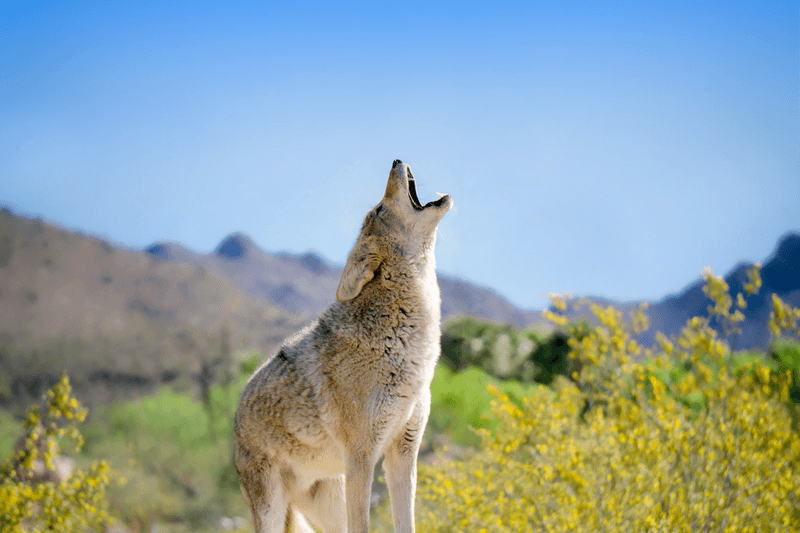
The Coyote, known for its adaptability, is a common predator in Colorado’s varied landscapes. Their keen intelligence and survival skills have allowed them to thrive despite human encroachment.
Coyotes play an essential role in controlling small mammal populations, contributing to ecological balance. Their distinctive howls are a staple of the Colorado night, adding a wild symphony to the environment. Observing a coyote in action reveals their cunning nature and social dynamics. Conservation efforts focus on coexisting with these adaptable creatures, ensuring they remain a vibrant part of the landscape.
Lark Bunting
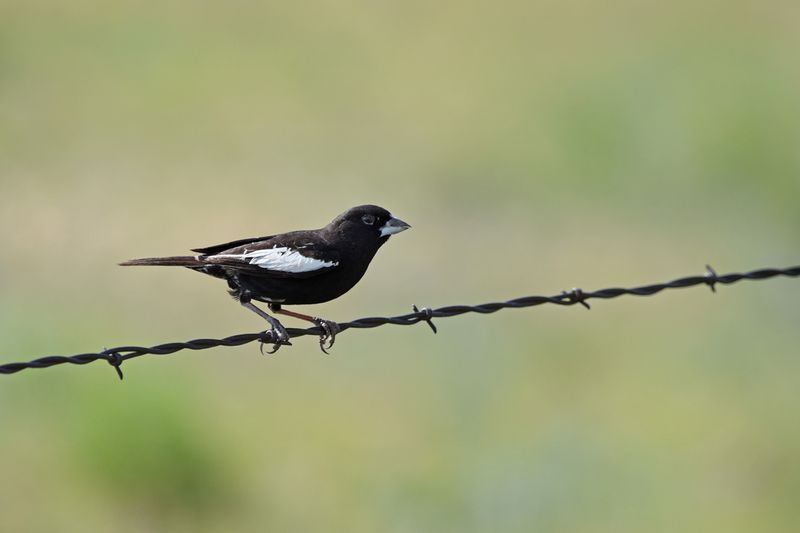
The Lark Bunting, Colorado’s state bird, adds a melodic charm to the state’s prairies. Known for their striking black and white plumage, these birds are a joy to observe during the breeding season.
Males perform aerial displays and sing to attract mates, showcasing their vibrant personalities. The presence of Lark Buntings is an indicator of healthy prairie ecosystems, and their songs are a welcome sound to bird watchers. Preservation of grassland habitats is crucial for their survival and the continuation of their enchanting melodies. Their beauty and song are a celebration of Colorado’s avian diversity.
Rattlesnake
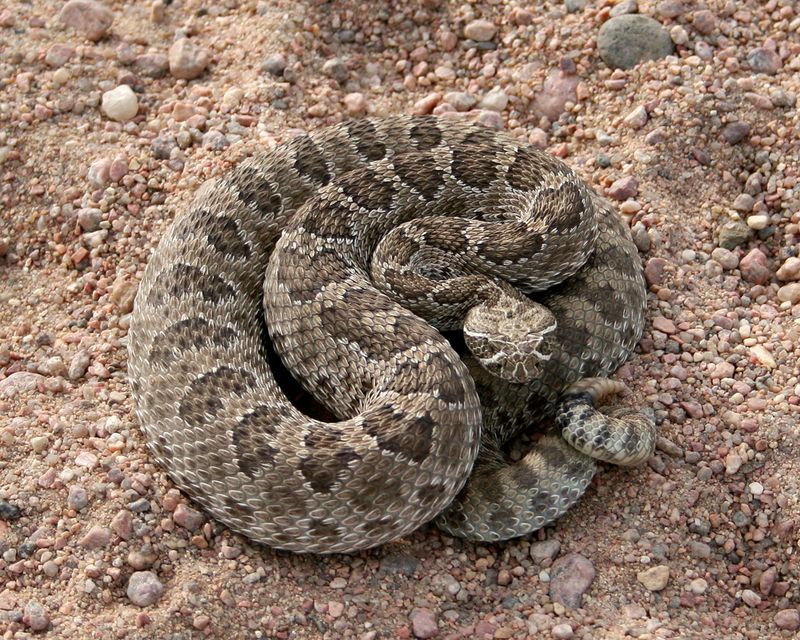
Rattlesnakes are a well-known inhabitant of Colorado’s desert regions, recognized by their distinctive rattle and patterned scales. These reptiles are masters of camouflage, often going unnoticed by passerby.
Rattlesnakes play a vital role in the ecosystem by controlling rodent populations. Observing one basking in the sun is a reminder of the desert’s hidden dangers and beauty. Their venomous bite necessitates caution and respect, making them a symbol of the wild’s untamed nature. Colorado’s educational programs aim to foster coexistence between humans and snakes, ensuring these reptiles continue to thrive.
Golden Eagle
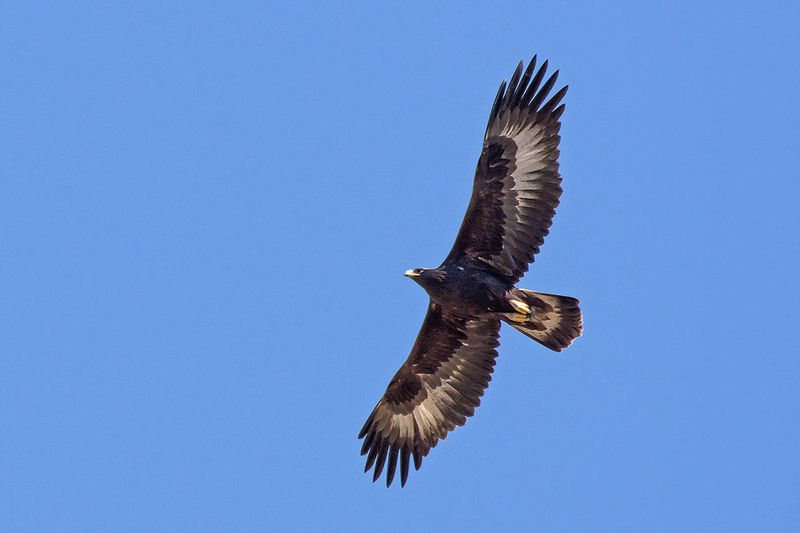
The Golden Eagle is a majestic raptor that commands the skies over Colorado’s mountains. Known for their powerful flight and keen hunting instincts, these birds are a top predator in the region.
Their presence signifies a healthy ecosystem, as they rely on a diverse prey base. Observing a Golden Eagle in flight is an awe-inspiring experience, showcasing nature’s grandeur. Conservation efforts focus on preserving their habitats and ensuring their continued survival. The Golden Eagle’s regal presence and ecological importance make them a cherished part of Colorado’s wilderness, captivating bird enthusiasts and casual observers alike.

